Hans Richter-Haaser : deux concertos de Mozart
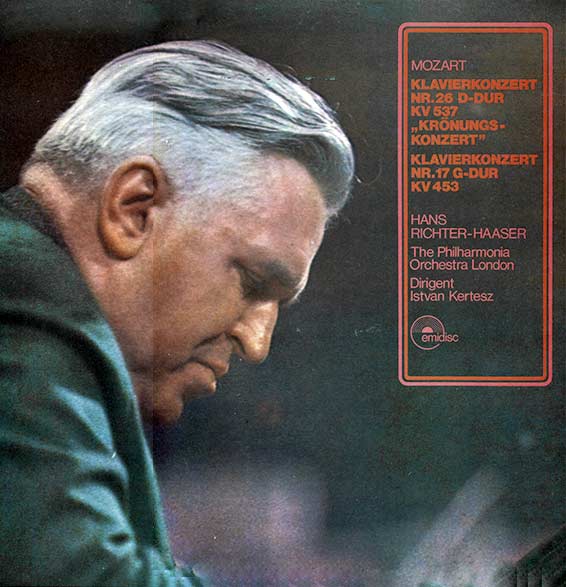
Mozart, Concerto pour piano no 26, en ré majeur, KV 537, « concerto du couronnement » ; Concerto no 17, en sol majeur, KV 453, Hans Richeter-Haaser, Orchestre philharmonique de Londres, sous la direction d'Istvan Kertesz, Emidisc C 047-50 506, 1961.
A. Mozart, Concerto pour piano no 26, en ré majeur, KV 537, « concerto du couronnement », 1. Allegro, Kadenz, Tempo I, 2. Larghetto, Allegretto.Mozart, Concerto no 17, en sol majeur, KV 453, Allegro, Kadenz, Tempo I, 2. Andante, Kadenz, Tempo I, 3. Allegretto, Finale (presto).
Das Klavierkonzert in G-dur KV 453 zählt zu den bedeutendsten Klavierwerken Mozarts überhaupt. Es entstand in jener Zeit zwischen Februar1784 und Dezember 1786, in der Mozart nicht weniger als zwölf Klavierkonzerte von höchster Vollendung schrieb und die, so Alfred Einstein, als sein „Höchstes“ bleiben werden. Das G-dur Konzert komponierte Mozart für seine Lieblingsschülerin Barbara Ployer, deren Vater Fürstlicher Rat am Salzburger Hof war und der gelegentlich Konzerte veranstaltete, bei denen Mozart spielte. Seine Tochter (die als Babette bekannt ist) war eine exzellente Pianistin, für die Mozart neben dem G-dur auch das Es-dur Konzert (KV 449) schrieb. Die zwei Themen, die bereits in der orchestralen Exposition des G-dur Konzerts eingeführt werden, gleichen einander hinsichtlich ihrer spielerischen Eleganz. Das Klavier tritt mit einem dritten Thema hinzu, und eine kurze Bravourpassage rundet die Exposition ab. Die Durchführung ist frei gehandhabt und ähnelt mit ihrem quasi-improvisatorischen Duktus fast einer Fantasie. Der zweite Satz ist gekennzeichnet durch einen Ton von Verwirrung und Unentschlossenheit; er ist einer der ausdrucksvollsten, die Mozart je schrieb, eine Arie von fast schmerzlicher Bewegtheit. Das Finale stellt sich dar als eine Reihe von fünf Variationen, auf die eine ausgedehnte Coda folgt, deren Feuer und Überschwang an ein wirbelndes Opernfinale erinnert.
Das D-dur Konzert, das sog. Krönungskonzert, wurde am 24. Februar 1788 vollendet und von Mozart erstmals 1789 gespielt. In der Notation fehlt über weite Strecken die Ausführung der Begleitfiguren der linken Hand, und auch die Melodiestimme der Rechten ist oft nicht mehr als eine Skizze. Das Konzert, instrumentiert „a 2 violini, Viola e Baßo / 1 flauto, 2 oboe, 2 fagotti, 2 corni, 2 clarini e Timpany ad libitum“ kann je nach Anlaß allein vom Streichorchester oder auch mit Bläsern begleitet werden.
![]()
The G major concerto K 453 ranks undoubtedly with Mozart's most important piano concertos; it came from the vintage years of the composer's piano writing — the period between February 1784 and December 1786 in the course of which Mozart wrote no fewer than twelve concertos.
The G major concerto was composed for a favou- rite pupil, Barbara Ployer. Gottfried Ignaz von Ployer was a honorary member of the Salzburg Princely Council and often sponsored concerts at which Mozart played his music. His daughter Barbara (known, too, as Babette) was a pupil of Mozart and a pianist of superior talents, and for her Mozart wrote the concertos K 449 and 453.
The two themes introduced during the orchestral ex- position of the G major concerto are alike in the gentle nature, and they establish the mood of the whole movement. The piano adds an important the- me of its own; a brief section of bravura precedes the tutti which rounds off the exposition. The'development' is one of the freest in all Mozart’s concertos and may almost be suggested to be a phantasy. The second movement is characterized by a sense of disturbance and irresolution; it is one of the most subtle and gentle movements in the whole Mozart concerto repertoire. It is an aria full of expressively solemn and tragic sentiment. The finale is a set of five variations and an extended coda, a striking presto conclusion that has all the bustle, fire and excitement of a whirling operatic finale.
The concerto in D major K 537, the Coronation concerto, was completed on February 24, 1788. To great parts of the work, however, the accompaniment of the left hand is missing, and also the melodic part of the right hand is often but an outline. This concerto, scored “a 2 violini, Viola e Baso / 1 flauto, 2 oboe, 2 fagotti, 2 corni, 2 clarini e Timpany ad libitum“ (Mozart) may be accompanied either by String orchestra or, om particular occasion, by wind instruments and trombones. Mozart first performed the work, which is characterized by unusual brillian- ce, elegance and a slight hint of superficiality, at the Dresden Court in 1789.
![]()
Hans Richter-Haaser (1912-1980)
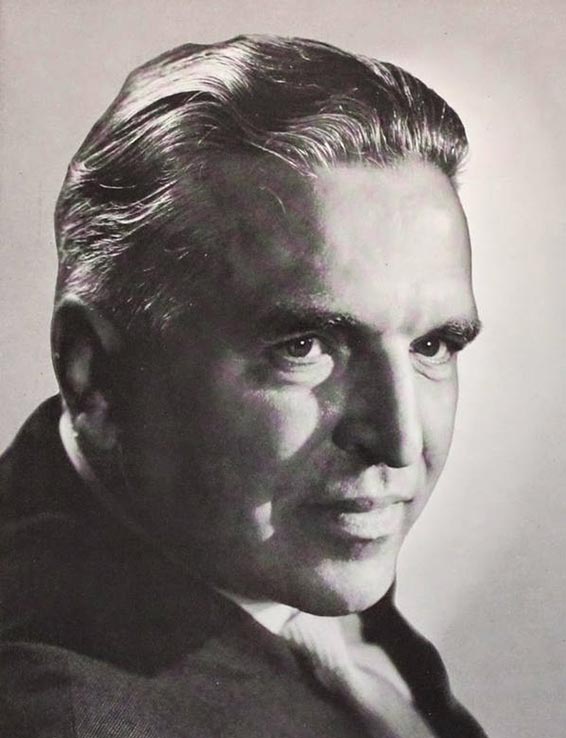
Né à Dresden, 6 janvier 1912, mort à Braunschweig, 13 décembre 1980.
Hans Richter-Haaser étudie le piano au conservatoire de Dresden. Parallèlement il entame sa carrière de concertiste à l'êge de 16 ans.
Mobilisé au cours de la Seconde Guerre mondiale, il ne peut ni se produire, ni travailler son instrument.
Après-guerre, il reprend le piano, dirige de 1945 à 1947, l'orchestre de Detmold.
en 1947, il est nommé professeur au Conservatoire de Detmold, créé Nordwestdeutsche Musikakademie (Conservatoire du Nord-Ouest allemand) en 1946. Il occupe cette charge jusqu'en 1962.
Il se produit dans de nombreuses tournées internationales, que le mènent au notamment au Royaume-Uni, en Amérique du Nord et du Sud, en Australie.
Il a entre autres composé une symphonie et un concerto pour piano.
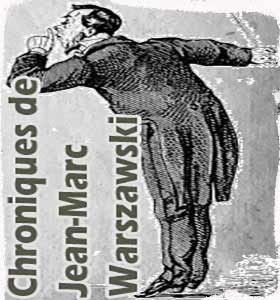
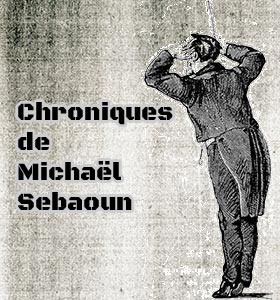
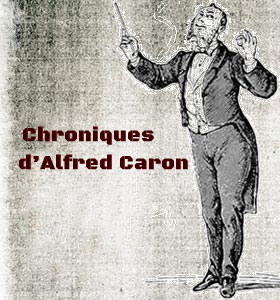
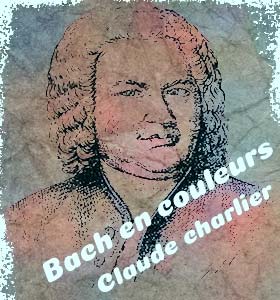

À propos - contact | S'abonner au bulletin | Biographies de musiciens | Encyclopédie musicale | Articles et études | La petite bibliothèque | Analyses musicales | Nouveaux livres | Nouveaux disques | Agenda | Petites annonces | Téléchargements | Presse internationale | Colloques & conférences | Collaborations éditoriales | Soutenir musicologie.org.
Musicologie.org, 56 rue de la Fédération, 93100 Montreuil, ☎ 06 06 61 73 41.
ISNN 2269-9910.

Vendredi 27 Décembre, 2024

